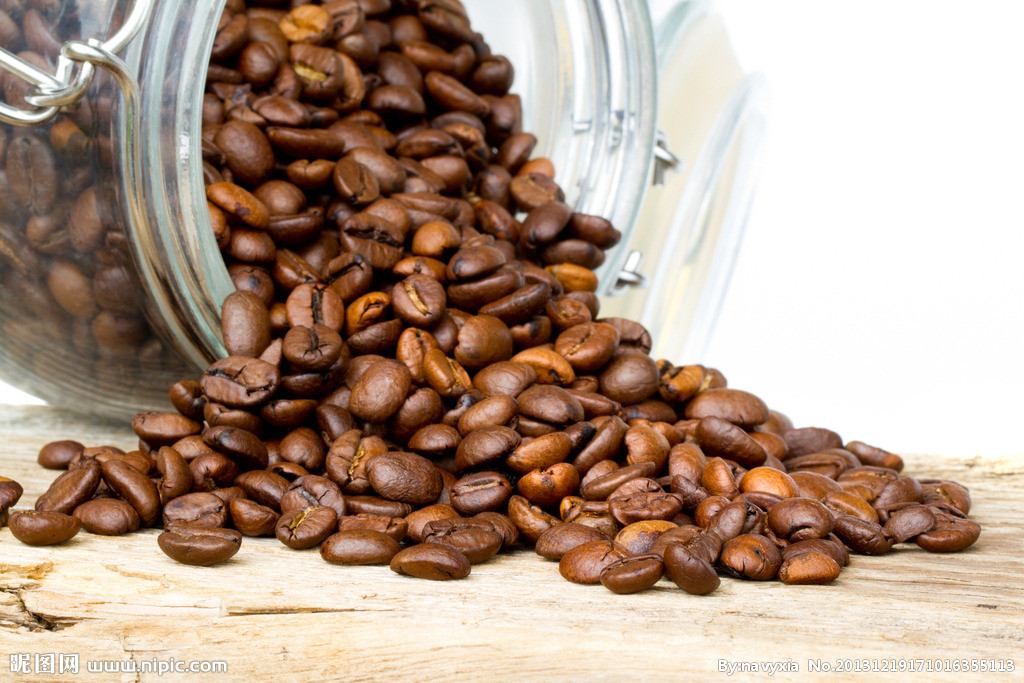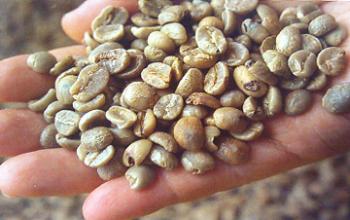Introduction to the factors affecting coffee: a detailed analysis of the effects of various substances in water on coffee

Choosing the right water can make coffee completely release its unique flavor, and every chemical in the water may react with coffee beans, thus affecting its taste and flavor. understanding the possible effects of some common chemicals in water on the taste of coffee is helpful for us to choose the right water.
Magnesium
Too much magnesium will make the coffee look lighter.
Lead
Too much lead can make coffee more sour, astringent, and even lead poisoning.
Manganese
Manganese increases the bitterness of coffee.
Chrome
Chromium will make coffee astringent.
Nickel
Nickel makes coffee sour and has a metallic taste. Nickel in water usually dissolves into the water from the container in which the coffee is extracted or contained.
Silver
To produce the smell of metal, there is usually no silver in the water, and it is dissolved into the water on the utensils.
Zinc
It will produce a strange bitter taste. There is usually no zinc in the water, but there are still many places in China where tap pipes are made of zinc. Water quality is very important. In order to get a good cup of coffee, but also for our own health, we must use purified water to extract coffee. If you buy bottled water, it is best not to buy mineral water to make coffee. Pure water is the best choice.
Source: platinum Coffee College
Important Notice :
前街咖啡 FrontStreet Coffee has moved to new addredd:
FrontStreet Coffee Address: 315,Donghua East Road,GuangZhou
Tel:020 38364473
- Prev

The main points of knowledge about the quality of coffee beans: coffee quality grading coffee beans grading in detail
There is no internationally accepted standard for coffee quality grading, and the grading method varies from country to country. Therefore, coffee classification is based on some of the characteristics applicable to each producing country. The sample of coffee beans taken from a bag is judged according to the standards of the producing country, the samples are rated, and most of the coffee is good or bad according to the evaluation.
- Next

Detailed introduction of coffee beans: introduction of the classification characteristics and shapes of several kinds of defective beans
Coffee training several kinds of defective beans introduce moldy beans: because of incomplete drying, or damp during transportation and storage, cyan and white molds grow, which sometimes make the beans stick together. If these moldy beans are not removed, they will produce a moldy smell. Dead beans: beans with abnormal results. The color is not easy to change because of baking, so it is easy to distinguish. The flavor is thin, with silver skin
Related
- What is the meaning of lactic acid fermentation with coffee bean treatment?
- How to judge the state of foam by sound?
- How does the latte pull out the unicorn pattern? Come to get for a little trick to improve the flower pull!
- Will flower pulling affect the taste of the latte?
- Do you know the history of coffee?
- The difference between honey treatment and sun washing what is raisin honey treatment?
- What kind of milk can a novice use to make coffee foam to keep the foam longer? The correct method and skills of milking tutorial sharing
- Why do washed coffee beans taste sour? Flavor characteristics of washed Coffee
- Introduction to the skill of how to practice the size and height of water injection around the circle of hand-brewed coffee
- How do beginners practice coffee flower drawing from scratch?

